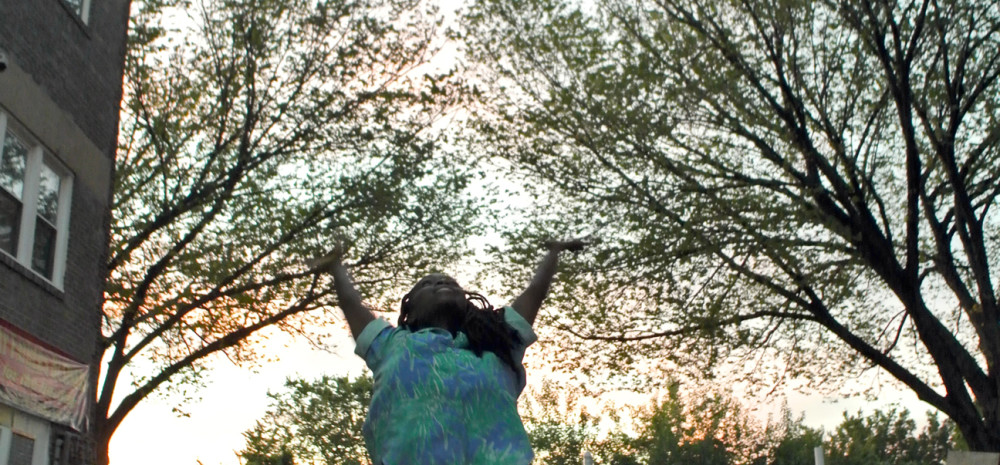About WPA
Washington Project for the Arts (WPA) is an independent, nonprofit 501 (c)(3) organization that serves as a catalyst for contemporary art. WPA supports artists at all stages of their careers and promotes contemporary art by presenting exhibitions, issues, and ideas that stimulate public dialogue on art and culture.
Established in 1975 by pioneer Alice Denney as an artist service center, WPA was part of the grassroots movement of “alternative artist spaces.â€Â Today, WPA is both an artist service organization, supporting artists at all stages of their careers, and a presenting organization, promoting contemporary art through exhibitions and programs that stimulate public dialogue on art and culture. WPA presents between 60 and 70 free workshops, exhibitions, artist education programs, and contemporary art events annually, serving over 100,000 artists and art appreciators each year.
Project Statement
Washington Project for the Arts presented three projects as the Events & Programming Manager for Lance Fung’s 5×5 Project, Nonuments, which sought to augment the curator’s vision by engaging local artists and community members and furthering the impact of the 5×5 initiative. These projects included a citywide youth art contest, a performance art event, and community-fabricated creative seating for Nonument Park.
Create a Nonument: Citywide Youth Art Contest
Partners: Hirshhorn Art Lab and DC Public Schools
Washington, DC, our nation’s capital, is renowned for its grand monuments honoring the history and achievements of great Americans. But behind the federal face of official Washington, there is a real city with distinctive neighborhoods filled with passionate citizens living their lives. Create a Nonument was an opportunity for students to consider the history and meaning behind the monuments that surround them here in our nations capitol. Students living in this area see monuments on a daily basis without questioning their significance. This project sought to challenge students to create their own monument to an idea, person, or personal struggle that they identify with but that would not be the subject of a traditional Washington, DC monument. Contest winners’ work was displayed at the Southwest Community Library and other entrants’ work was presented at the DC Commission on the Art and Humanities gallery and WPA’s gallery at the Capitol Skyline Hotel.
Moments Bigger than Monuments
Partners: Detention Watch Network, Collective Action for Safe Spaces, Martin Luther King Jr. Memorial Library.
WPA worked with DC-based artists to create a performance project that would celebrate the message of Nonuments and present it in an interactive way to the public. This led to Moments Bigger than Monuments, created by Graham Boyle, Cesar Maxit, Eames Armstrong, and Zosia Sztykowski in collaboration with Detention Watch Network and Collective Action for Safe Spaces. Together these artists and organizations presented two public performances at Nonument Park: Detention Watch Network and I’m afraid to be alone at night ever since. These two performances worked to make the artists transcend their specialized roles and encourage more hands-on participation to blend the lines between artist and participant, and to create scenarios for popular education around collective struggles.
Mud Dance: Public Seating for Nonument Park
Partners: Southwest Community Garden
Sponsors: DC Office of Planning, Chapel Valley Landscape Company, Community Forklift, Frager’s Hardware, Kendama, Roma Eco-Sustainable Building Technologies, and Safeway.
DC-based artist Michael Koliner created seating for Nonument Park with the participation of community members at an event called the Mud Dance. Monuments are generally the result of enormous human sacrifice, so in keeping with Fung’s curatorial vision for the park, Koliner created structures that came at no sacrifice and were easy and fun to build and also took into account social organization/play. These visually interesting and comfortable seating forms were made of cob, a mixture of three components: mud, straw, and water. During the Mud Dance party, community members helped Koliner mix the cob by dancing and stomping barefoot in the mud while also enjoying food and music in a festive outdoor party atmosphere. At the close of 5×5, the benches will be relocated to a permanent home within the Southwest Community Garden, a vital collaborator in their creation.
